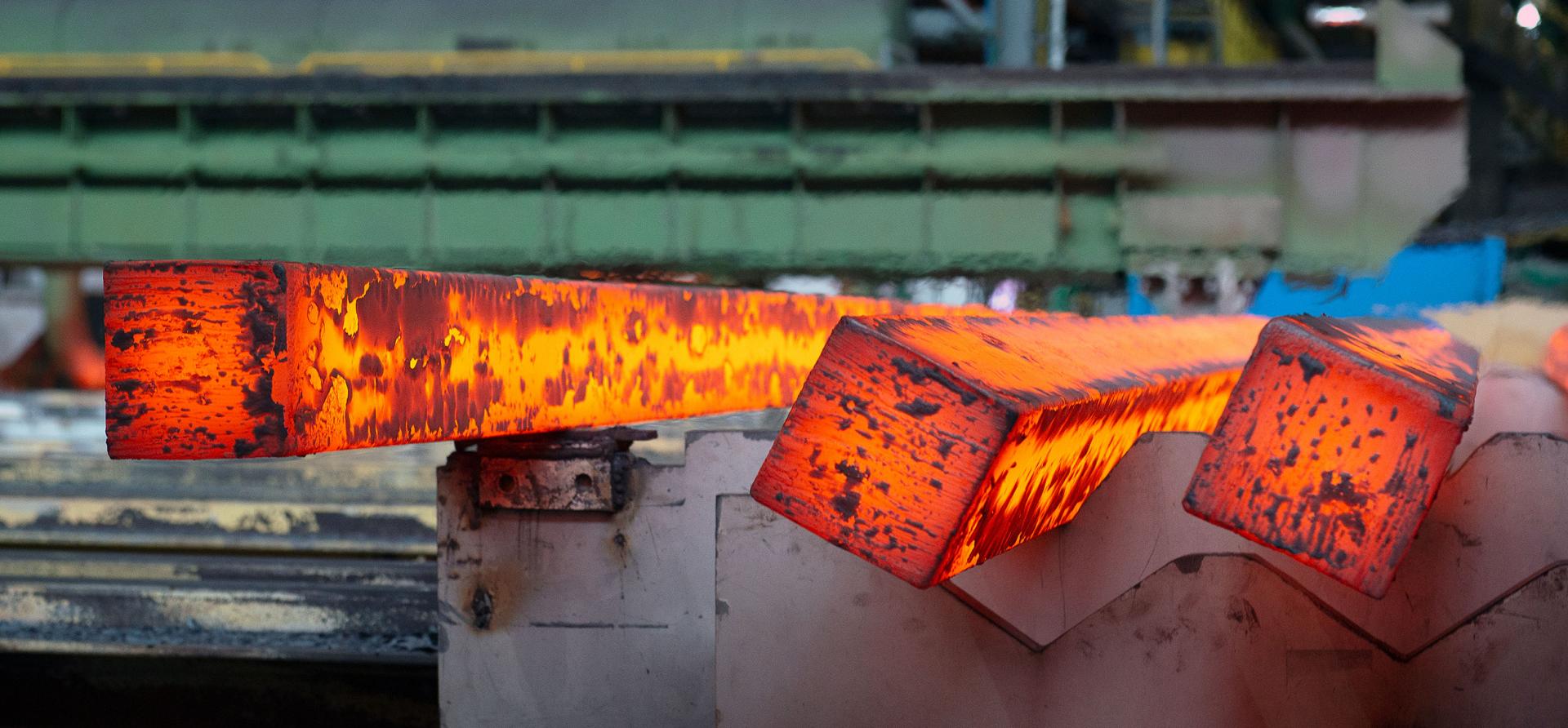Carbon capture falls even further behind as BHP, Rio and BlueScope collaboration accelerates green steel transition

Key Findings
Rio Tinto, BHP and BlueScope Steel on 9 February revealed they are collaborating in efforts to make Pilbara iron ore suitable for direct reduced iron (DRI) processes, accelerating the decarbonisation of steelmaking.
The new collaboration provides further evidence that carbon capture utilisation and storage (CCUS) will not play a major role in steel decarbonisation.
It also means BHP and Rio now have even less excuse for not setting measurable Scope 3 emissions targets.
With Rio Tinto, BHP and BlueScope Steel announcing on 9 February they are now working together on making Pilbara iron ore suitable for direct reduced iron (DRI) processes that don’t use coal, it is becoming even clearer that carbon capture utilisation and storage (CCUS) will not play a meaningful role in steel decarbonisation. BHP and Rio now also have even less reason not to set measurable Scope 3 emissions targets.
The steel technology transition away from coal is accelerating with global steelmakers increasingly turning to scrap steel recycling and DRI as alternatives to blast furnaces.
The DRI-electric arc furnace (EAF) steelmaking pathway using gas is a mature and established technology in places like the Middle East that don’t have coal reserves. DRI technology providers have made clear that their equipment is compatible with a switch from gas to green hydrogen, providing a route to near-zero emissions steelmaking.
However, DRI-EAF requires a higher grade of iron ore than the great majority of production in the Pilbara, Western Australia. A shift away from coal-consuming blast furnaces to DRI is therefore a major long-term challenge to Australia’s biggest export.
Three of the Big Four iron ore minors are consequently planning to increase production of higher, direct reduction-grade (DR-grade) ore.
Vale – already the world’s largest producer of DR-grade ore – is planning to increase production in an attempt to fill the 70 million tonnes per annum (Mtpa) DR-grade ore supply gap it sees emerging by 2030 as DRI-based steel production grows.
Rio Tinto and Fortescue are planning major projects in Africa to increase their production of high-grade iron ore. Fortescue has already begun production at Iron Bridge in the Pilbara, where output meets DR-grade.
The outlier among the Big Four is BHP, which is not targeting high-grade ore and is instead leaning more heavily on unproven carbon capture solutions that would allow the continued use of its metallurgical coal.
An alternative to increased DR-grade ore supplies is to find ways to allow use of lower-grade ore in DRI-based steelmaking. A promising of way of achieving this is via an electric smelting furnace (ESF) – combining a DRI shaft furnace with a melting step to allow the removal of impurities. Both Rio Tinto and BHP have been separately investigating this type of pathway and they will now share what they have learnt so far.
German steelmaker Thyssenkrupp is already in the process of replacing the first of four blast furnaces with a DRI-melter combination that will allow them to continue using blast furnace grade ore.
Meanwhile, Fortescue has its own projects as it explores a pathway towards its 2040 net zero Scope 3 emissions target.
In contrast, BHP and Rio do not have measurable Scope 3 emissions targets. With global pressure growing on Scope 3 emissions, this new collaboration limits the companies excuses on this even further.
DRI “most prospective technology” for steel decarbonisation
At the announcement of the collaboration, BlueScope’s Chief Executive Australia, Tania Archibald, said “We believe DRI is the most prospective technology to decarbonise our Australian business…”
This further highlights the controversial nature of the AUD137 million taxpayer-funded government grant that BlueScope was awarded just over a week earlier to keep coal-consuming steelmaking going at its Port Kembla works.
This comes at a time when governments in other parts of the world are providing larger sums for the transition to DRI-based steelmaking to set up their industries for the future. For example:
- In Germany, Thyssenkrupp is getting around EUR2 billion to shift from blast furnaces to DRI and green hydrogen.
- France will provide up to EUR850 million in government subsidies to help ArcelorMittal switch to DRI.
- Canadian governments have provided CAD900 million for ArcelorMittal to transition to DRI in Ontario.
It has been suggested that the new collaboration on DRI could be eligible for government support via the National Reconstruction Fund or the Australian Renewable Energy Agency. This would be a better way to ‘future proof’ Australia’s biggest export and its steel industry than helping lock in coal-based steelmaking for up to two decades.
Archibald’s comments on DRI also further highlight that this technology has left CCUS behind in the steel sector.
To date, virtually all steel companies that plan to build low-carbon steelmaking capacity at commercial scale have opted for hydrogen-based or hydrogen-ready DRI plants, not CCUS. The 2030 project pipeline of DRI plants has grown to 94Mtpa, while the pipeline for commercial-scale CCUS on blast furnace-based operations amounts to just 1Mtpa.
It is becoming clear there are currently two realistic low-carbon technology pathways for steelmaking (a third – iron ore electrolysis – may emerge in years to come):
- The established DRI-EAF pathway necessitating increased supply of DR-grade ore.
- The developing DRI-melter (ESF) pathway allowing use of Pilbara ore in low-carbon steelmaking.
At this relatively early stage of the steel technology transition, it’s already time for steelmakers and iron ore miners like BHP to drop the idea that CCUS will play a major role in decarbonising the steel industry.















